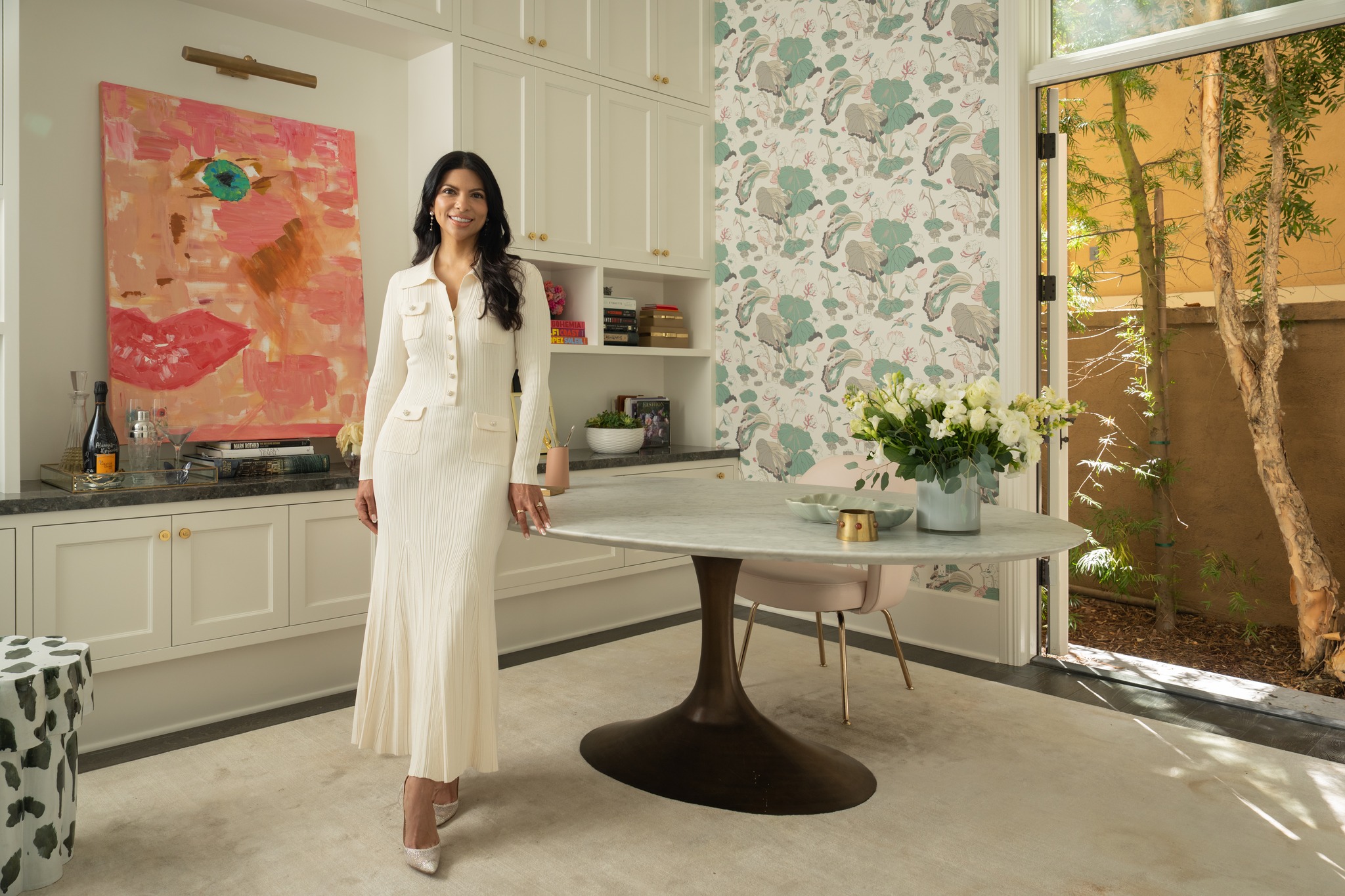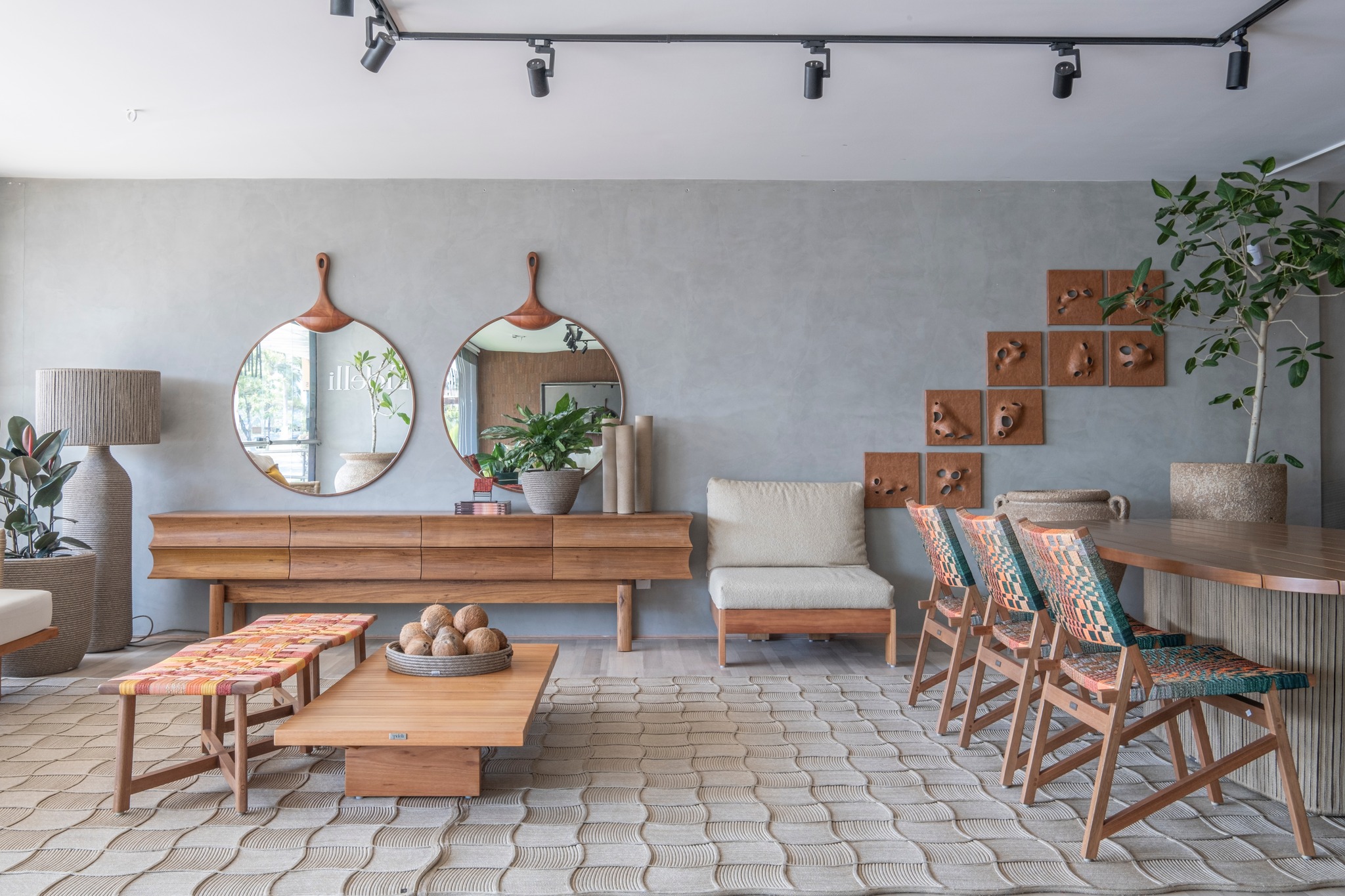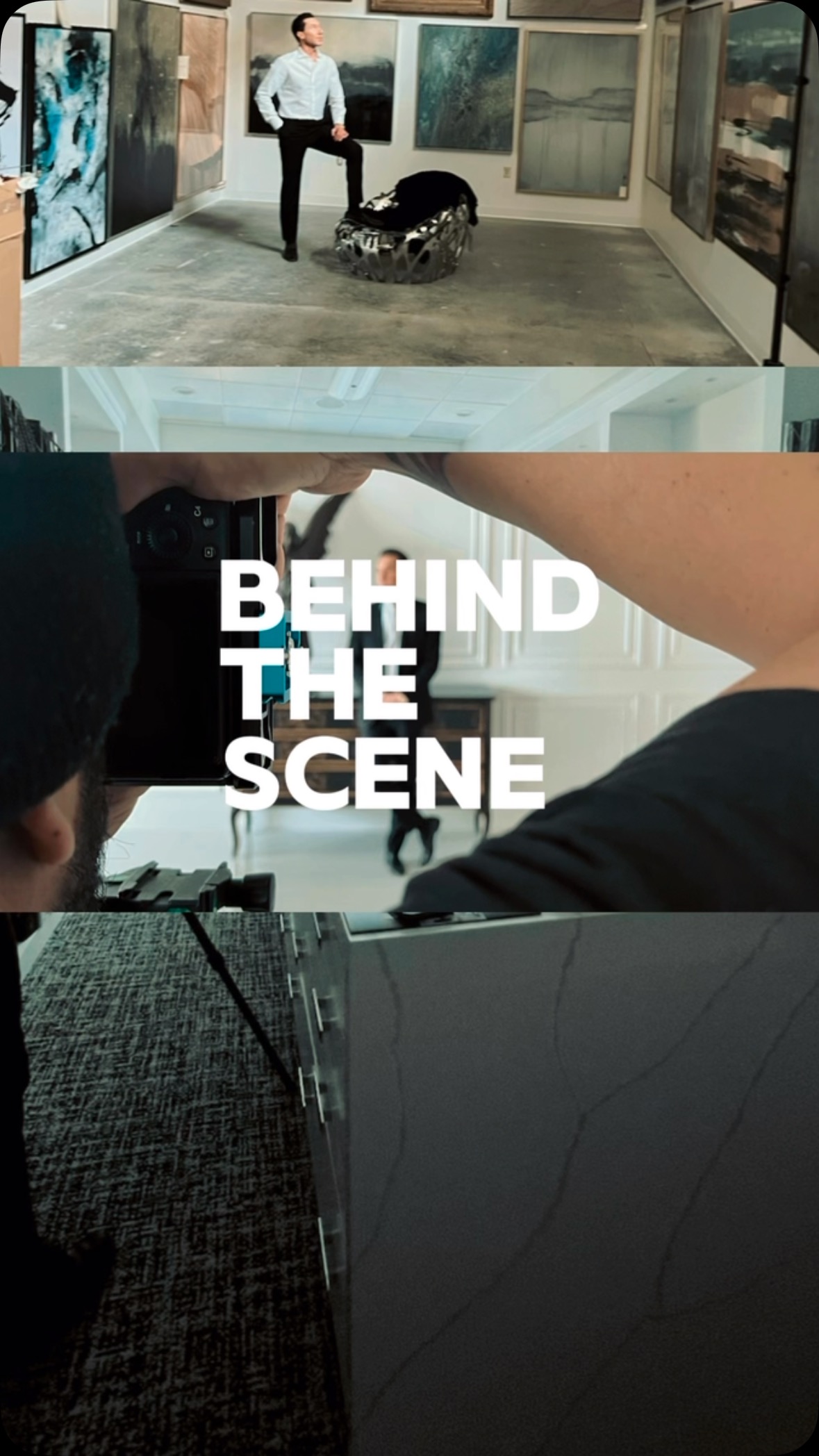Ideas, insight, and inspiration from OCMA’s Heidi Zuckerman, collected from her newest book, Conversations with Artists III
By Kedric Francis
As the October opening of the new Orange County Museum of Art (OCMA) draws nearer, Blue Door Magazine will continue to focus on the dramatic impact the museum will have on OC art, culture, and community. The debut of the Thom Mayne-designed building at Segerstrom Center for the Arts will mark a new era, thanks to the foundational effort of artists, patrons, philanthropists, and visionary leaders over six decades.
One of those visionaries has been in a position of local influence for just 16 months, but her impact has been nothing short of seismic. Heidi Zuckerman is the CEO and Director of OCMA. She previously curated more than 200 art exhibitions at the University of California, Berkeley Art Museum and Pacific Film Archive, The Jewish Museum in New York, and most recently at the Aspen Art Museum, where she was a transformative figure in her 14 years as CEO and Director.
Zuckerman took the top position at OCMA at an opportune time, when her entrepreneurial drive, creative charisma, and organizational intelligence was most needed. Her era of arts leadership that Orange County is experiencing has many attributes, perhaps the most unique of which is tremendous transparency. Much is revealed about Heidi Zuckerman—her thoughts, philosophies, rituals, personal truths, and spiritual practice—as she talks to creative individuals in her newest book, Conversations with Artists III. The collection of 18 conversations is a fascinating exploration of how artists see the world and their work. Equally intriguing for new and longtime Zuckerman aficionados are the life lessons and words of wisdom woven throughout the book.
I want to give people the opportunity to be profoundly changed by their interaction with an art object. It’s an abstract notion, but when it works, there’s nothing like it. If you’ve had that experience, you can spend the rest of your life chasing it. It’s only ever happened to me a couple of times in my life.
It’s interesting to think about why art works. We get really focused on the how. When you know what the how is, sometimes it’s then about demystifying things. It’s nice to be able to live with a belief in things that we can’t understand; that makes life more interesting. Even if we know there’s a possibility of understanding something intellectually, it’s nice to give ourselves the opportunities that can come from that philosophical space of not knowing and not needing to know, that allowance of something magical or inexplicable. Art has that possibility; it has the possibility of existing in that space. You can know how someone created something, but you can also be with it and allow its presence.
I see the museum as a place of infinite possibility. One of my favorite things is to look at art with other people because everyone sees things differently. There is no right answer.
I hear people say, “I don’t get it,” about contemporary art. When I give a walkthrough, I explain that I’m not always sure I understand certain things the artist was trying to communicate. People realize that if I don’t get it, it’s OK if they don’t. That’s a freeing concept. If we loosen our grip a little instead of trying to control everything all the time, we can live better lives.
I learned how each exhibition comes together like a word to make a sentence or a note to make a musical composition. Not everything worked, but it was a laboratory. For me, it’s always about the artists and the collaboration. It’s about being of service, thinking about what would benefit the artists and their practices, then positioning it to the audience.
I’m interested in the intersection of life practice and art practice. For a while, I tried to do at least one thing every day that I was afraid of, or that made me uncomfortable. Over time, things became less intimidating or scary because, in my head, they were always worse than doing them.
I know that art matters; it makes people better and makes their lives better.
The museum can’t be all things to all people. No institution can do that. No person can do that. The strategy is exhibiting contemporary art all the time to push people’s comfort levels with it. The things that sometimes make us angry or confused make us feel alive. If we see objects that we already know and recognize, there’s no real impact, but if we see something that challenges our way of thinking or seeing, we keep going back to it to try and figure it out. Then it has long-term impact. I’m interested in setting up situations where people are uncomfortable, because in that push, there’s the possibility of the transcendent.
I love nature as much as art. I love the idea that those who love art can go out into nature to find it—to have the fusion of those things and combine the physical search with a philosophical one.
I’m big on proximity. Let’s sit down, be close, let’s talk. Some people are uncomfortable being close to things and people, but proximity can’t be underestimated. Certain art forms are harder to understand, if not feel, without being in their presence. Certainly sculpture; it’s hard to get a sense of its truth or essence without being with it in the same physical space.
I don’t think things happen by accident. Life is about serendipities, and oftentimes people miss them because they’re just not paying attention or they’re not present. Life is conscious and intentional.
I think a lot about the idea of life as a practice, curating as a practice, art-making as a practice, athleticism as a practice, and I’m interested in the parallels between artists and athletes in terms of repetition.
I’m fascinated by this idea of confusion. A lot of people associate contemporary art with confusion; that’s one of the uphill struggles—trying to convince people that contemporary art can be for them. I’ve adopted a strategy over time about celebrating the idea of confusion and being uncomfortable, or rather, being comfortable in an uncomfortable place, and championing the idea that sometimes it’s beneficial to not be able to understand things.
I’ve spent some time in the last year working on this idea of the hero’s journey—Joseph Campbell’s theory. A big part of that is who shows up in your life as a guide or an adversary. The idea of the guide, whether that’s a person or an artwork, is part of how we can change from not being able to see something to it being obvious and apparent. One of my favorite Campbell quotes is: “The cave you fear to enter holds the treasure you seek.” When I first read that, it was such an impactful idea—we can have everything we want, particularly if we go to the places we’re afraid of, wherever those are: physically, psychologically, psychically. Life doesn’t have to be filled with such discomfort, but it has to be filled with a willingness to not allow that space to have the power to prevent us from doing, having, or being what we desire.
‘I wish I had done that differently, and I will next time.’ There is a sense of grace that comes with saying that.
I think a lot about the long arc of time and our responsibility for the people in our families whom we will never know. I just did this exercise where we were talking about ancestors. Part of the exercise was writing down your parents’ names, their parents’ names, and then their parents’ names. Most people can’t get all of those, and virtually no one I was with could get further than that. The idea was that in three generations, people can’t remember their relations’ names, so what kind of legacy do you want to have? What is long term for you? Is it ten years, 50 years, 100 years? What are the seeds you can plant that you’ll never experience yourself, but are important for whomever comes next?
People ask me how I make the choices I make. Sometimes there can be language around it, but it’s often a combination of language and feeling, or intuition, or something that. I’m responding to something I’m seeing or hearing.
I love narrative and storytelling. One of the things I’ve been thinking about a lot this year is how to tell stories, how to tell interesting stories, and how to tell stories that are personal enough that they add value, are authentic, and are specific enough that people care about them. They must be relatable, too. There need to be some universal elements: heartache, love, connection, expectation, things like that.
I love being excited about what we don’t know. We don’t know what’s going to happen, really, ever, with anything. If we approach it with a conscious curiosity, then that’s somehow tied to optimism and hope.
Conversations with Artists III by Heidi Zuckerman includes interviews with Doug Aitken, Daniel Arsham, Sam Falls, Jennifer Guidi, Glenn Kaino, Bharti Kher, Käthe Kollwitz, Guerrilla Girls, Thenjiwe Niki Nkosi, Marlo Pascual, Adam Pendleton, Richard Phillips, Seth Price, Christina Quarles, Tom Sachs, Gary Simmons, Mary Weatherford, Hank Willis Thomas, and Alicia Wormsley.
Published by Hiz.art | Distributed by Orange County Museum of Art | ocma.art


























